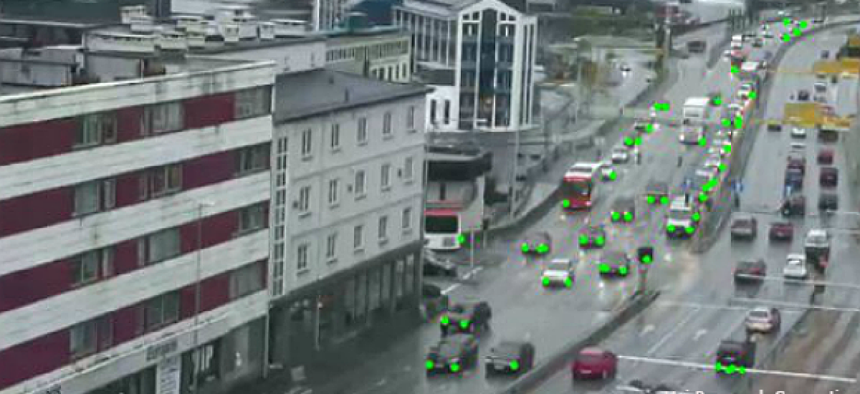Deep-learning tools surpass humans in analyzing images


Connecting state and local government leaders
Researchers are using big data analysis on images and videos for a variety of purposes, from managing traffic and detecting autism in children to providing warning of imminent landslides.
It goes without saying that big data applications need big data. Uni Research, a company 85 percent owned by the University of Bergen in Norway, has turned that truism into a research strategy by focusing on the developing analytic tools to deal with issues in areas where big data is available, including biotechnology, health, environment, climate, energy and social sciences.
The most recent project incubating in Uni Research’s Centre for Big Data Analysis is one that studies still images and videos for a variety of purposes, from detecting autism in children to providing warning of imminent landslides to managing traffic.
The trick, said Eirik Thorsnes, team leader of the effort, is to develop algorithms that “mimic the way the human brain distinguishes significant from unimportant information.”
Thanks to the “patience” of computers and deep learning techniques, Thorsnes said, his team’s algorithms have already surpassed human levels of image recognition. “After all,” he said, “computers never get tired of looking at near-identical images and may be capable of noticing even the tiniest nuances that we humans cannot see.”
Alla Sapronova, an artificial intelligence researcher on the project, said that the algorithms being developed by the team teach computers to recognize visual patterns “in the same way we teach children. I show the computer patterns of input signals and tell it what I expect the output signal to be,” she said. “I repeat this process until the system begins to recognize the patterns. Then I show the computer an input signal, such as an image that it has not seen before, and test whether the system understands what it is."
In one trial, Thorsnes’ team accessed a publicly available webcam at Bergen’s busiest traffic intersection to teach computers how to analyze the numbers and types of vehicles moving through.
According to Thorsnes, the software can identify traffic patterns, which can help traffic managers, and can be used to alert authorities to safety hazards, such as cars traveling in the wrong direction, accidents and abandoned cars. The software could even be deployed to monitor slopes susceptible to landslides so that traffic could be diverted before a slide occurs.
Sapronova said that the software being developed is still “at a very early pilot stage.” Nevertheless, she said, “we know what methods, software tools and hardware to use to obtain the best result in a given situation.”
The technology has also been deployed to map the movements of salmon and trout in a river and to detect whether they are wild or farmed fish.
"Traditionally, these kinds of analyses have been carried out by people who have to sit and watch hours of video footage," Thorsnes said.




